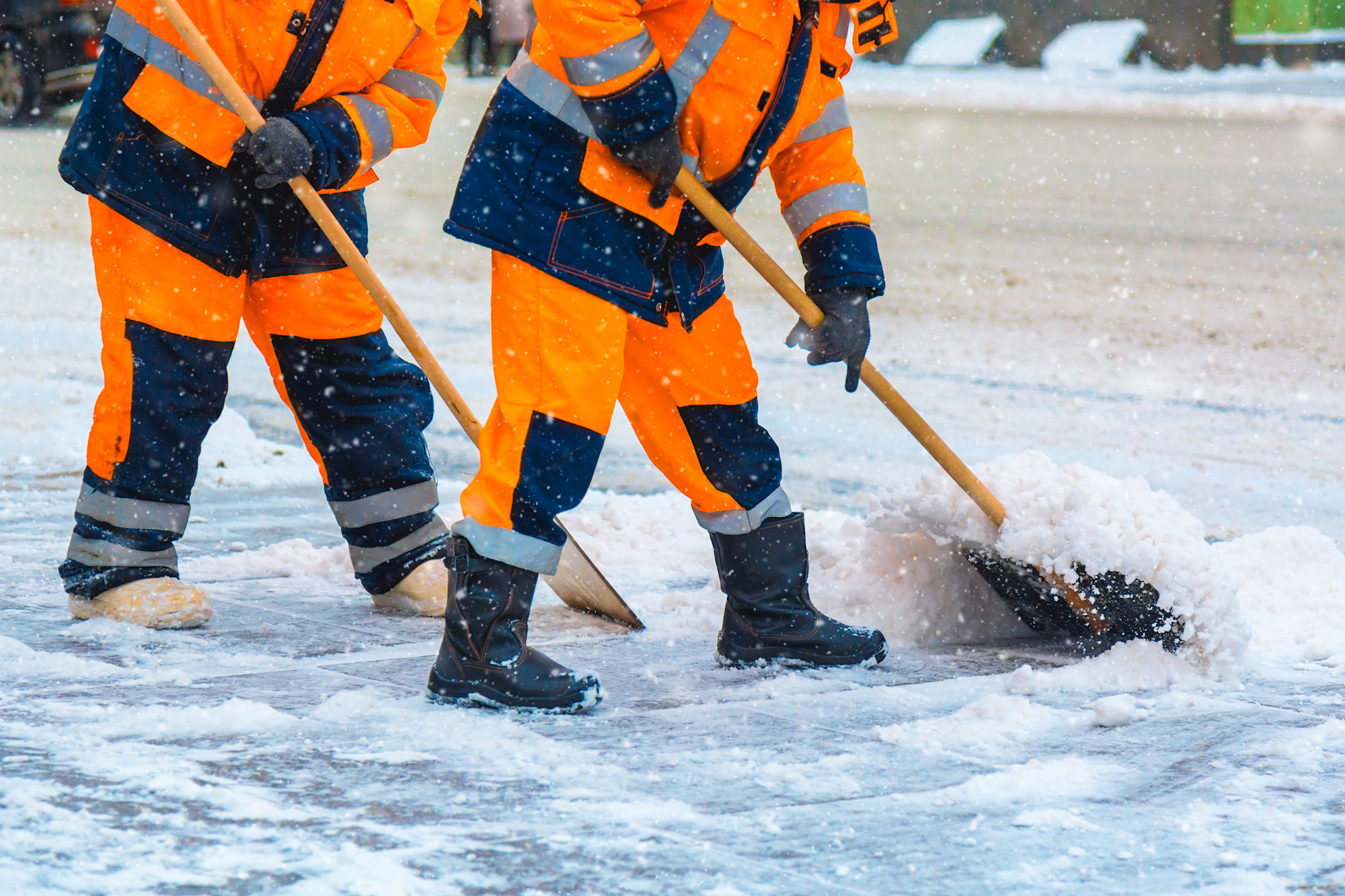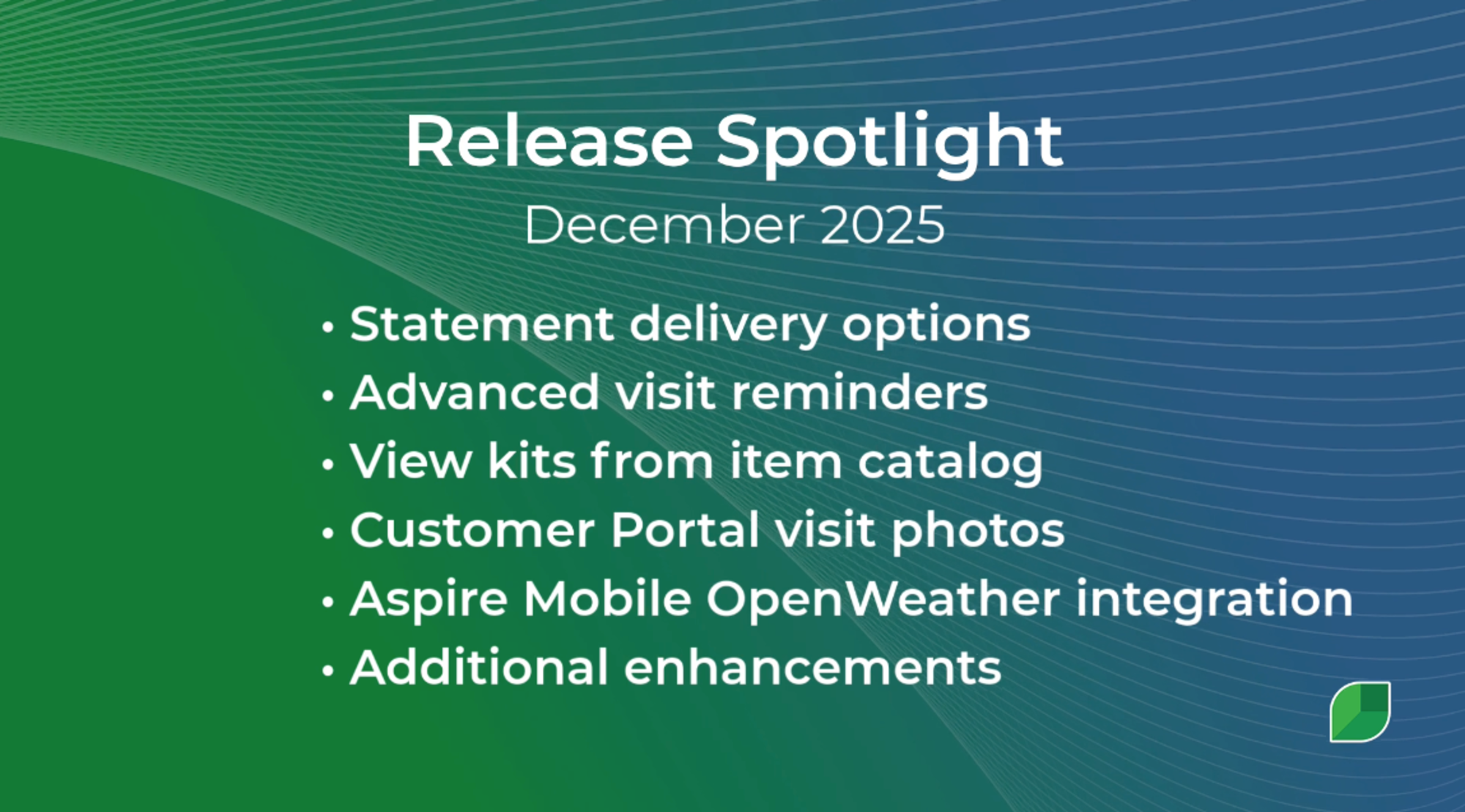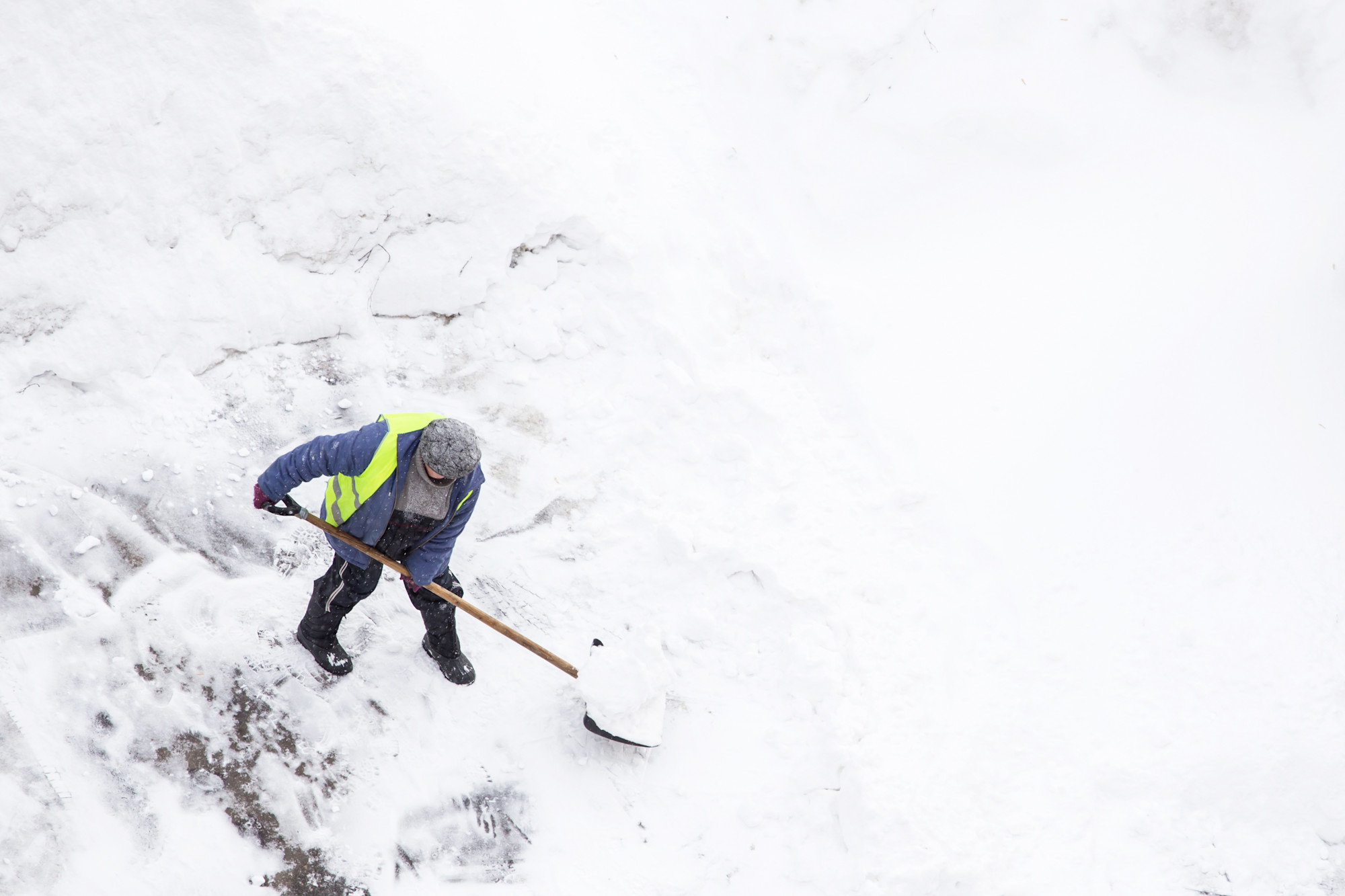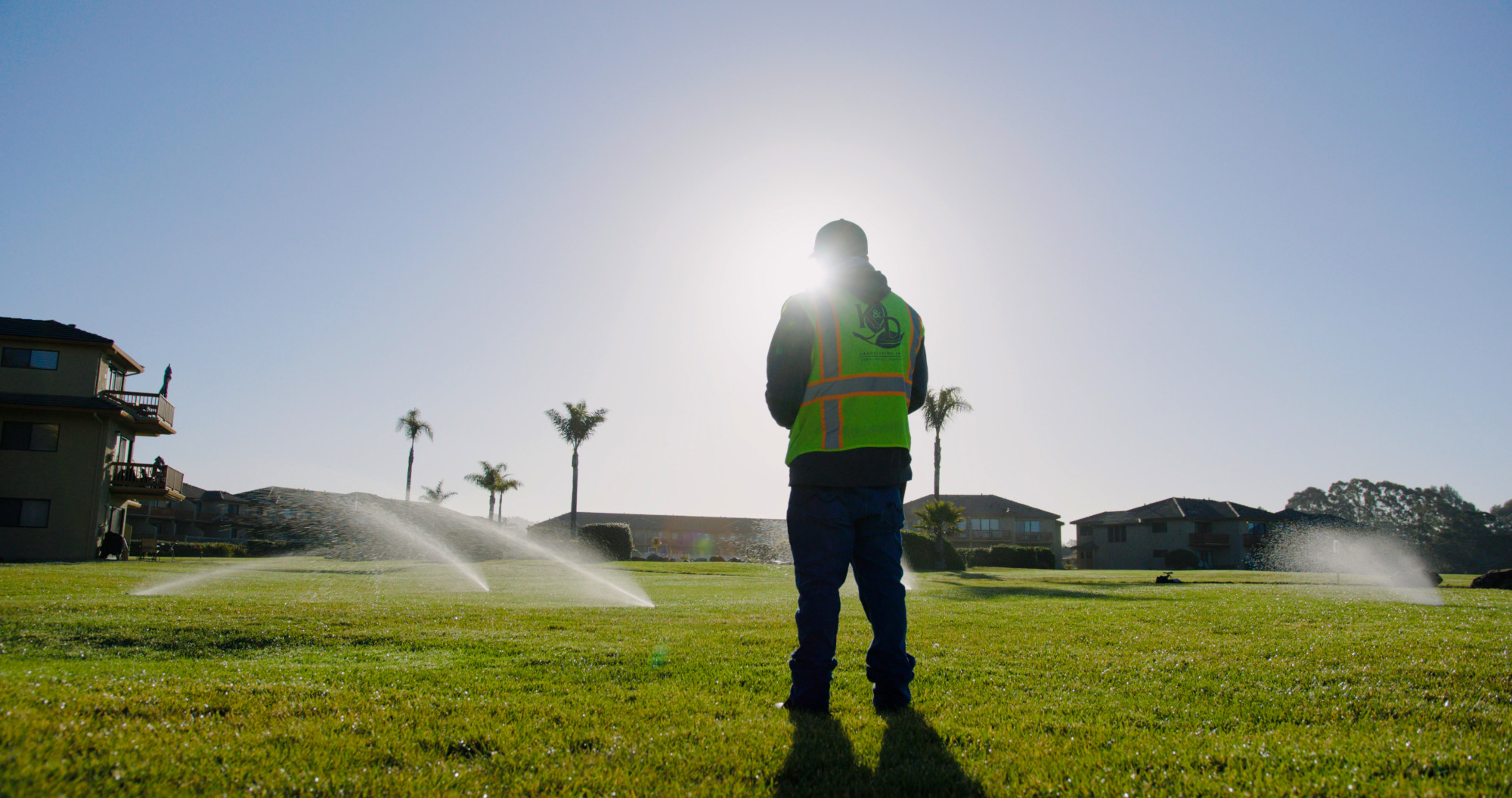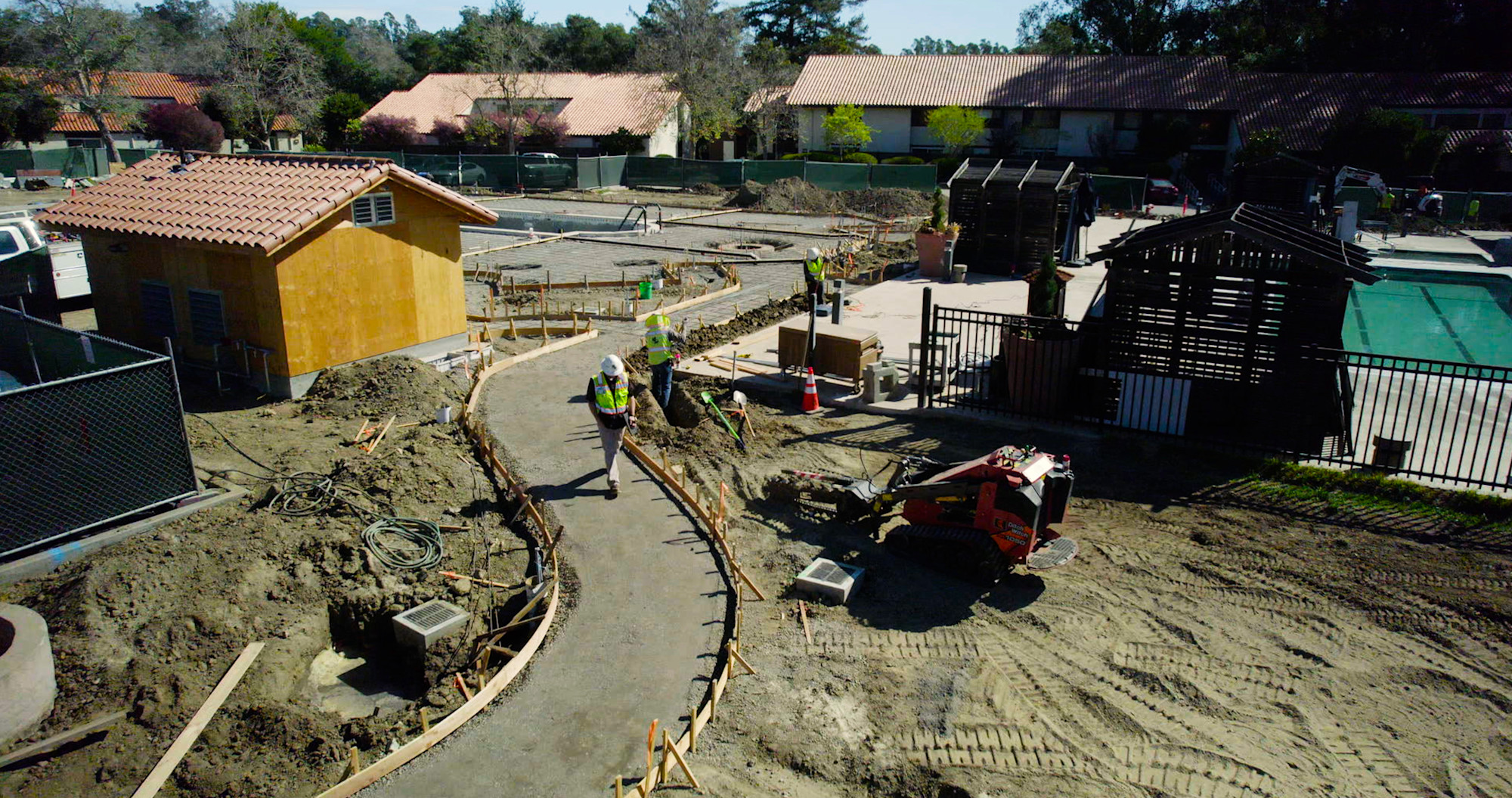Table of Contents
Table of Contents
- What does a landscaping crew leader do?
- What are the primary responsibilities of a landscaping crew leader?
- What skills are required to be a landscaping crew leader?
- What qualifications and certifications are needed for landscaping crew leaders?
- What is the average salary for a landscaping crew leader?
- What challenges do landscaping crew leaders face?
- How Aspire helps landscaping crew leaders with planning and scheduling
- Frequently Asked Questions (FAQs)
- What equipment should a landscaping crew leader use?
- What are the typical work hours for a landscaping crew leader?
- What are the career growth opportunities for a landscaping crew leader?
- How does seasonality affect a landscaping crew leader’s workload?
What does a landscaping crew leader do?
A crew leader is your point man on the field, directing the crew in executing landscaping projects. With years of experience, their job involves delegating tasks, ensuring results are delivered on time with the highest quality, and managing daily operations.
While they’re part of the on-site landscaping employees and can work in different conditions, crew leaders interface with management, the on-site team, and clients. So if there’s an incident on site or with a customer, a crew leader communicates with the parties involved to find a swift resolution.
They are also typically tasked with procuring materials, completing work orders, and keeping records of a project’s progress.
What are the primary responsibilities of a landscaping crew leader?
As experienced landscaping professionals, crew leaders are typically tasked with different responsibilities. Some of them include:
Supervising and directing the crew: Crew leaders oversee the work of field techs, typically about 2-5 of them. They motivate the team, assign tasks, ensure quality, monitor progress, handle disputes or concerns, and report to a supervisor.
Managing equipment and materials: Crew leaders oversee equipment inventory, from maintaining vehicles, equipment, and tools to regularly inspecting them. They also know how to safely operate all kinds of equipment in different working conditions.
Ensuring adherence to safety regulations: A crew leader closely monitors the job to ensure team members follow safety procedures, wear personal protective equipment (PPE), and use landscaping tools safely.
Maintaining quality control and productivity: Thanks to their years of experience, crew leaders understand the quality standards a landscaping project needs. As such, they can ensure the landscaping crew does its job effectively and according to the required specifications.
Communicating with clients and managers: Crew managers don’t just supervise field techs; they act as the middlemen between managers and customers. They maintain on-site relations with stakeholders (clients, business owners, project managers, and workers) connected with the project.
Project documentation and reporting: Crew leaders prepare timesheets, provide daily updates, and record materials used or work completed. They track and document work records, ensuring you have all the information needed to update stakeholders and make data-driven decisions.
What skills are required to be a landscaping crew leader?
For starters, a team lead should know how to execute a wide range of landscaping services and be highly attentive to detail. They’ll be leading other professionals, so it’s ideal that they are considered experts in the field.
In addition, here are other skills a crew leader needs:
Leadership and team management: A landscaping foreman must possess strong leadership qualities to supervise and direct the crew in every aspect of their work. A crew leader should have experience in assigning and managing workloads.
They need to understand their team's strengths and weaknesses to identify training opportunities and boost the crew’s performance.
Strong communication and interpersonal ability: A crew leader must have the crucial skill of maintaining positive relations with team members, management, and clients. This helps them maintain and promote safe working conditions for field workers. They must also know how to communicate effectively to ensure smooth operations in the field.
Problem-solving and decision-making: Say a client has asked for an extra task not included in the work order, the team is falling behind on a project due to emergencies, or team members are unclear about a task. A crew leader must know how to navigate such situations. They must be proactive and resourceful in solving unforeseen problems and making tough decisions.
Knowledge of landscaping equipment and techniques: Crew leaders must have experience operating all landscaping tools and equipment. It’s their duty to ensure tools are used correctly and safely, so they must be familiar with different techniques to guide the team as needed.
Time management and scheduling skills: A landscaping crew leader knows how to assign tasks and plan the team's day. They know how to adjust the schedule in emergencies like
New client requests
Injuries
Equipment failure
Weather disruptions
Furthermore, crew leaders must know how to prioritize high-impact tasks, minimize downtimes between jobs, and ensure projects are completed on time and within budget.
Training ability: A crew leader’s job isn’t giving orders to the field team. It involves coaching the crew on efficiency and reducing rework, onboarding new hires, and providing constructive feedback.
They can spot team productivity gaps and create a plan to help the crew be more productive and efficient.
Physical stamina: Considering landscaping can be physically demanding, crew leaders must be fit to lift heavy equipment or materials. They should also be comfortable working in different weather conditions and staying active on job sites all day.
What qualifications and certifications are needed for landscaping crew leaders?
Aside from experience, a great crew leader should have an educational background and professional certifications.
High school diploma or equivalent: Most companies require a crew leader to have graduated from high school or have a General Educational Development (GED) certificate. They must also speak fluent English, and being bilingual can be a plus for them.
Certified Landscape Technician (CLT) certification: Earning credentials like the CLT from the National Association of Landscape Professionals (NALP) or equivalent certifications showcases a crew leader’s expertise in the field. It demonstrates professionalism, commitment to excellence, and an understanding of high-quality standards.
OSHA safety training: Crew leaders should be trained on safety regulations under the Occupational Safety and Health Act to create a safe working environment for the field team. This ensures they have the necessary information to train the crew about potential hazards and how to prevent them.
Valid driver’s license: Considering landscaping teams are typically always on the road, crew leaders need a valid commercial license and a good driving record. They must have experience driving trucks, trailers, or other landscaping vehicles.
Proficiency in using digital devices: A crew leader should know how to use a smartphone to send and receive emails, take photos, and use digital applications such as Aspire’s field management software.
What is the average salary for a landscaping crew leader?
According to Glassdoor, a landscaping crew leader can make between $38k and $67k annually, depending on experience and job location.
Some job sites like Salary.com show that crew leaders with several years of experience or additional certifications can earn over $70k in states like California or the District of Columbia.
Their hourly pay can range from $16 to $30 per hour during peak landscaping seasons or in high-demand areas.
What challenges do landscaping crew leaders face?
Beyond supervising and assigning tasks, crew leaders regularly face a range of challenges on job sites. Understanding these pressures and how they navigate them can help you identify the right fit for your company.
Below are common challenges leaders face and how they can handle them.
Managing diverse team members: A landscaping crew typically includes people from different backgrounds, personalities, and skill levels. These differences can sometimes lead to conflicts and disagreements, which can be challenging to manage.
However, a good crew leader uses effective communication and empathy to keep everyone focused, resolve conflicts, and bridge gaps.
Balancing administrative duties with fieldwork: Landscaping operations are typically overwhelming. Add administrative duties like logging hours or submitting reports to that, and it can be even more difficult to keep up.
One way they solve this challenge is to use management software like Aspire to simplify their workflow. For instance, with the Aspire Mobile app, crew leaders log hours, manage incidents, share reports, and communicate with the office.
Ensuring safety compliance and preventing workplace injuries: Maintaining a safe working environment for themselves and the landscaping team can be difficult. This means they must always be alert to enforce safety protocols and protect workers and clients.
Crew leaders can conduct regular briefings before each project to share the necessary safety measures the crew must follow.
Meeting client expectations and deadlines: Regardless of emergencies, clients always expect prompt lawn care. It’s up to the team lead to manage such expectations.
The typical solution is to keep an open line of communication with clients, provide updates, and ensure the crew meets spec. They must also set realistic expectations during the planning phase and include buffer times for potential delays.
Equipping your landscaping crew leader with digital tools, like Aspire, is the best way to help them overcome daily challenges by streamlining their workflow, making it easier to plan daily schedules.
Keep reading to see how Aspire goes further to help crew leaders.
How Aspire helps landscaping crew leaders with planning and scheduling
Think of Aspire as a personal assistant to crew leaders. It equips them with tools to help plan the team’s day and manage communication with clients, team members, and the office.
Here are things they can do with Aspire:
Scheduling and dispatching crews efficiently: Aspire has a dedicated feature to streamline project scheduling. Once a new project is available, crew leaders can assign and schedule tasks.
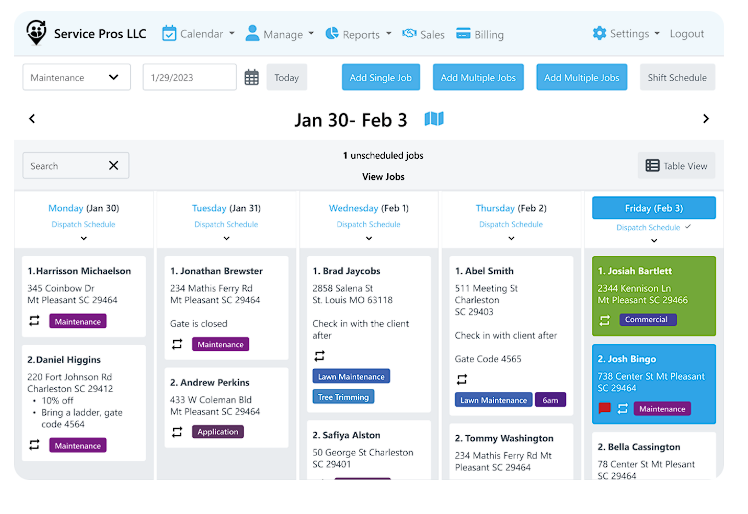
Picture this: Instead of a workpad with a written schedule to search through every day, crew leaders access everything—job site, ticket for the day, crew members, or materials needed—from a mobile device.
Tracking job progress with real-time data: Aspire’s mobile app enables users to monitor daily work progress. It allows them to clock in, making it easy to track hours spent on specific jobs on the go.
Managing equipment and inventory: Aspire makes equipment management much easier for crew leaders. It allows them to track vehicles and equipment usage history, ensuring tools are operated safely.

Plus, it lets them assign equipment to techs so everyone knows who’s responsible for what and monitor the tool’s performance.
Improving communication between crew leaders and managers: Aspire allows crew leaders to share real-time updates with the office via mobile devices, sending photos, videos, and files. It also enables them to communicate with clients, keeping them updated with the project’s progress.
Now that’s just a peek of what Aspire enables crew leaders and your landscaping company to achieve.
Mahoney Associates LLC, for instance, used Aspire to streamline communication using the Issues and Tasks features.
“Issues and Tasks allows us to not only track when an issue came through or when something came through that needed to be dealt with, but also follow the workflow and make sure they’re taken care of,” says Director of Operations Nicholas Geoghegan.
“When they [clients] are seeing dead plant material, burnt up lawns, fallen limbs, they're reporting that directly to me, and I'm making sure it gets to the proper account manager so that it can be dealt with and we can let the client know.”
See Aspire’s full capabilities in real time. Book a free demo today!
Frequently Asked Questions (FAQs)
What equipment should a landscaping crew leader use?
A crew leader must use different landscaping equipment (blowers, chainsaws, hedge trimmers, and more) and management software (Aspire, tablets, or phones) to oversee operations effectively.
What are the typical work hours for a landscaping crew leader?
A landscaping crew leader typically works between 35 and 50 hours per week. During peak seasons, their days could start around 6-7 AM and end around 5-6 PM.
Work hours during off-seasons might be reduced since there might not be a lot of projects.
What are the career growth opportunities for a landscaping crew leader?
As crew leaders gain experience, they can grow into positions such as Landscape Supervisor, Field Operations Manager, Project Manager, or Account Manager.
How does seasonality affect a landscaping crew leader’s workload?
Peak seasons like spring and fall are typically busy for landscaping teams, as there’s usually a high workload. A landscaping crew leader typically has to come in earlier and leave later than their team members. Their work hours can be from 8 to 10 hours every day.
Off-seasons like winter have reduced workload, which could mean less than 8 hours of work.

